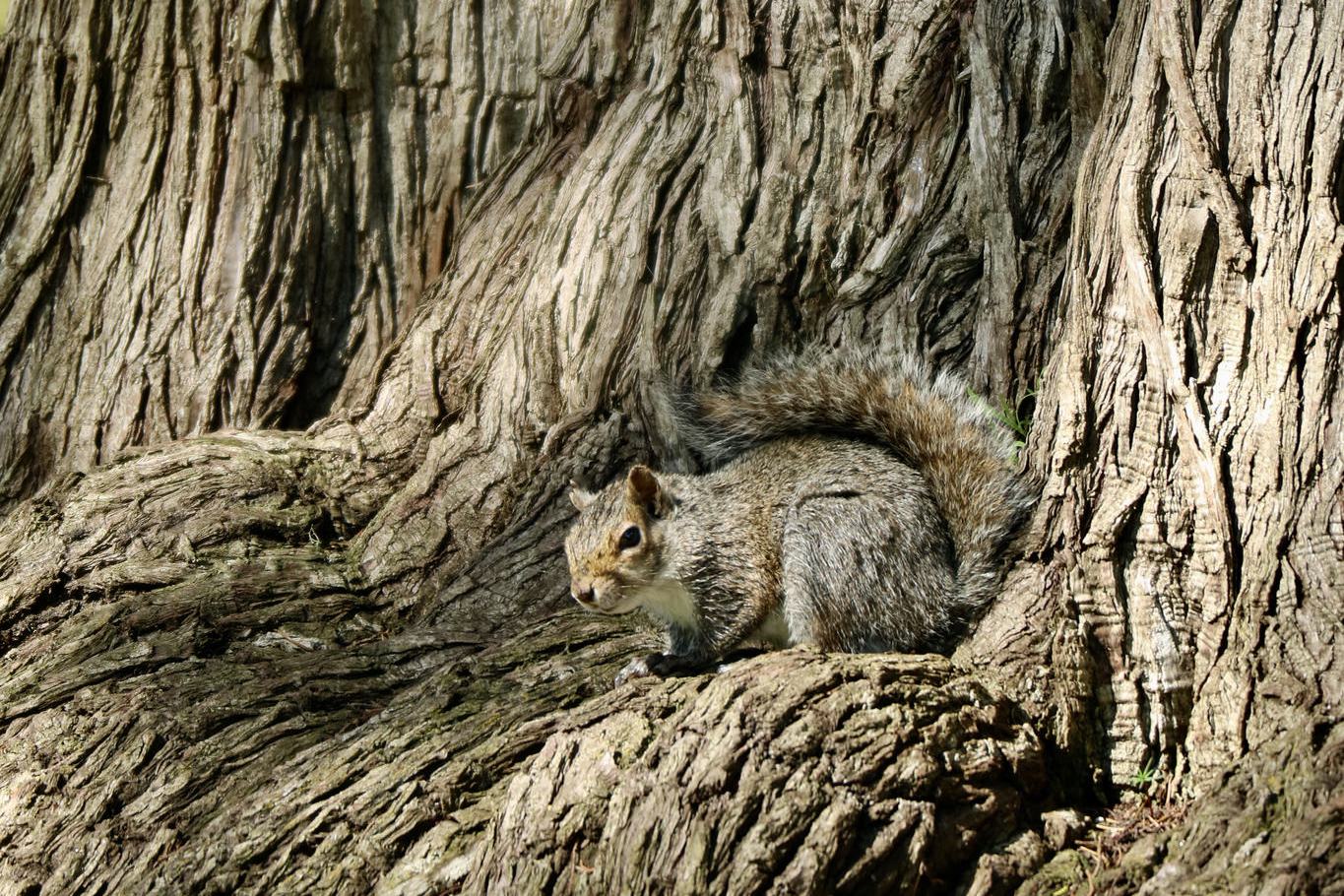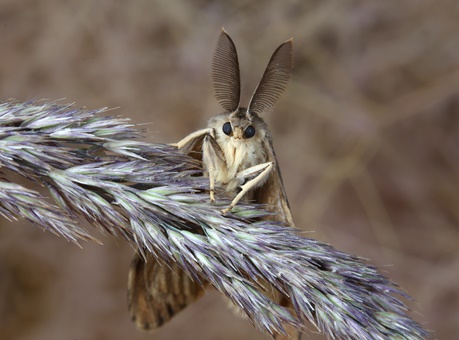
STEM: Trees As Habitats
Engage students in STEM (science, technology, engineering, and math) as they explore why snags make excellent habitats for birds, mammals, insects, fungi, amphibians, and reptiles.

Engage students in STEM (science, technology, engineering, and math) as they explore why snags make excellent habitats for birds, mammals, insects, fungi, amphibians, and reptiles.

To really understand how interconnected all life forms in an ecosystem are, it helps to experience those webs first-hand, inside and outside the classroom.

Use this book’s beautiful, scientifically-accurate illustrations, playful rhymes, and a game of search-and-find, to help children in grades K-4 experience the majesty of redwood trees.

Predators and prey animals use camouflage so they don’t attract too much attention. Here are examples of color matching, disruptive coloration, self-decoration, active camouflage, and mimesis.

The word “yoga” derives from a Sanskrit word “yuj,” meaning “to unite or integrate.” This book embodies Sanskrit’s yuj and can be used to integrate multiple discipline areas.

Fun facts about 10 trees from around the world to incorporate into a lesson about geography, science, language arts, and art. Students can create tree profiles to demonstrate their new knowledge.

Engage students in STEM (science, technology, engineering, and math) as they learn about the impact invasive species have on ecosystems and biodiversity.

This beautiful guide to creating a nature journal will both teach and inspire students (and teachers alike!) to chronicle what they observe in their own backyards.

Engage students in STEM (science, technology, engineering, and math) as they learn about a tree’s lifecycle.

As the pandemic has disrupted countless traditional learning environments, many have begun to move classes outdoors. But as Project Learning Tree educators know all-too-well, taking lessons outdoors offers many more benefits than just germ control!